Decorating flowerbeds, alpinarias, ramblers, framing lawns, we try to choose unpretentious in care garden flowers. Especially if it is flowers for the cottage. Work is usually more than enough, on capricious plants do not always have enough energy. We will publish a selection of beautiful and diverse flowers with different flowering periods – from early spring, to late fall. You will only have to pick up on your taste and color.
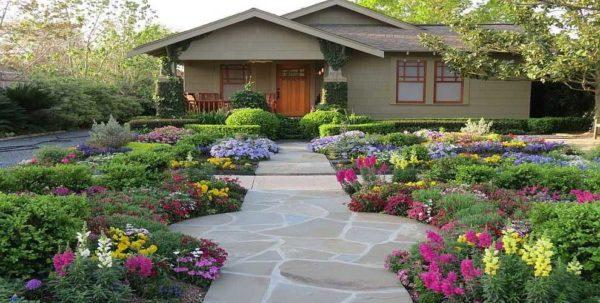
文章内容
Spring blooming
There are very early flowers, pleasing us before the grass even appears. What is remarkable, they are very unpretentious, almost do not require care. Everyone knows spring flowers for the dacha – daffodils and tulips. They are very diverse and beautiful, but there are many others, no less interesting.

Snowdrops
These small bulbous plants that bloom with delicate white flowers are known to everyone. The correct name is Galanthus nivalis – Galanthus. They appear immediately after the snow has fallen and bloom in just a couple of weeks, but the flowering is very short-lived. After the end of the flowering season, the above-ground part dies off. It is recommended to plant near shrubs and trees.
Total varieties are about two dozen, here are the most interesting and popular:
There are also blue snowdrops. This is another species of flowers – Scilla (scilla), but more often they are called Proleski. They are more fragile in appearance, bloom a little later – in April. Well tolerate winter, unpretentious, can grow on heavy fertilized soils. To make them bloom in the spring, it is necessary to feed nitrophoska. Common varieties:
There are even rarer varieties, but they are both hard to find, and more capricious they are when growing. The combination of white and blue snowdrops looks very attractive.
Crocuses
Another bulbous flower. Blossom in the same period as snowdrops, have similar sizes, but the coloring is more diverse – there are white, yellow, purple, purple. For greater effect, it is better to plant in groups, mixing colors. You can plant anywhere – under trees and shrubs, in the open. Relate to sun-loving, but tolerate and shade, normally winter under snow. Can be planted – in the ground, you can – in containers.
There are quite a few varieties, differing in flowering time, plant height and color intensity:
Crocuses in the flowerbed or lawn look very bright and tender. They are excellent for planting on stones, in freestanding small beds, rabates. After the end of the flowering period, the above-ground part dies off. These primroses are excellent flowers for the countryside, which will please you when there is still no grass.
Muscari
Moisture-loving and sun-loving perennial plant that overwinters well in the ground. It is propagated by bulbs, usually blooms in April and May. The foliage is a rich green color, inflorescences are multiflowered, blue, purple, there are blue and white. Here are the most popular varieties:
- Mukari Armenian (Colchis). A winter-hardy variety that blooms in May. The inflorescence has an interesting coloring – the top is white, the lower flowers are bright blue, with a white border along the edge.
- Muscari bunch-shaped. Another winter-hardy variety that overwinters in the ground. It has smaller flowers than the Armenian, the color is blue, the height of the peduncle – up to 20 cm, the inflorescence itself – 2-3 cm, which contains 15-35 small flowers. There are garden varieties – album with white flowers and blooming time a week later, carneum – pink.
- Muscari broad-leaved. It has wider and denser leaves similar to those of the tulip, the inflorescence is more dense and shaped more like a cylinder. Flowers are dark blue, one bulb can give several flower stalks.
- Muscari crested. The original flower. In nature, the top of the inflorescence is decorated with long thin growths – crest (in the photo in the center). Hybrids are bred fully mossy, lilac in color.
- Muscari terry. These are hybrid varieties, a week or two later than those listed above, flowering time – 4 weeks, in cool weather – longer. Flowers – terry, inflorescences – 5-6 cm. Color – blue, blue, white, lilac.
Muscari are unpretentious spring flowers that require almost no care. They are good in alpinariums, rabates, in separate vases and in flowerbeds. Propagated by bulbs, blooms a young plant in the third year. Transplant every 5-7 years. In general, if you need unpretentious flowers for dacha with early flowering time – it is muscari.
Vesennik orEranthis (Eranthis)
Another unpretentious flowers for dacha – Vesennik. A perennial herbaceous plant that blooms in early spring with tuber-like thickenings in the roots. Flowers are bright yellow or white, cup-shaped, pedicels up to 25 cm tall, leaves are deep green, palmately divided. Counts 7 species, most often seen in flowerbeds and plantings:
- Eranthis winter (Eranthis hyemalis). Flowering is very early – right from under the snow appear groups of flowers – 5-6 pieces, later grow leaves. The leafless pedicels are 15-20 cm long, with bright yellow calyx-shaped flowers at their ends. Immediately below the calyx is a bract of green dissected leaves. Against the background of snow or black earth look very bright and cheerful.
- Vesennik Siberian (Shibateranthis sibirica). Leaves are few – there may be only one root leaf. Flowers are bright yellow, surrounded by a bright green bract. It blooms in May.
- Eranthis long-stemmed (Eranthis longistipitata Regel). Similar to Vesennik winter, but taller, produces single pedicels.
- Eranthis stellate (Eranthis stellata). Blooms in April, in nature grows in the shade of cedars and at edges in well-moistened places. Flowers are white on a tall leafless peduncle, root leaves are 3-5 pieces.
- Eranthis cilicica (Eranthis cilicica). The least frost-resistant variety, as it has a southern origin – Greece and Asia Minor. Flowering time is 2 weeks later than Eranthis winter. Not tall ten centimeter flower stalks with finely cut leaves are topped with large flowers of a deep yellow shade.
Vesenniki – light-loving flowers for the countryside. It is better to place them on high, well-lighted places, where the snow comes down first. They prefer light, well-moisturized soils with an alkaline reaction.
Propagated mainly by seeds, as tubers are formed little. Seeds mature by fall, immediately sown in the ground in a shady place. Spring sowing requires stratification – 2 weeks at 1-2 °C. In the first year, only seedling leaves grow, which quickly die. The plant itself lives, having had time to form small tubers. In the second year, one true leaf grows. In the fall of this year, you can dig up the tubers and plant them in a permanent place. The next year Vesennik blooms.
More popular perennials, blooming in the spring
Beautiful and unpretentious flowers for the dacha, blooming in the spring, there are a lot. A detailed description with a list of the most popular varieties will take dozens of pages. To give at least a general idea, we will list them with an indication of flowering dates, height, features of planting if there are any (photos are mandatory).
- Barvinok. This is a low-growing stalked semi-shrub with erect shoots. Leaves are dark or light green, leathery, some varieties with a white or pink border around the edges. Flowers are large, solitary. Color – usually blue, but there are white and pink, delicate purple. Blooms en masse in spring, there are single flowers all through the growing season. Prefers well-drained loose fertile soils with neutral or slightly acidic reaction. Shade-loving plant, feels good and in the penumbra.
- Nezabudka. Height – 10-50 cm, foliage saturated – green, small, numerous flowers of blue, blue, sometimes – pink flowers are collected in inflorescences. Cultivated for two years, on the third the stems are greatly elongated, the flowers become smaller. Likes shady, humid places, blooms from the end of April, the term – up to 3 weeks. Excellent combined with daisies, tulips, pansies, daffodils.
- Anemones (Vetrennitsa). Numerous species with different flowering periods – from spring, to fall. Beautiful bowl-shaped flowers with a different number of petals, different colors – white, blue, blue, lilac, purple, pink, red, orange. The number of petals – different – from five in the most “simple” to terry. Cold-resistant flowers, but it is better to mulch for the winter.
- Primroses. Most are perennials, but there are biennials and annual herbaceous plants. Bloom in early spring, with the onset of heat, the above-ground part dies off. Leaves are entire, wrinkled, collected in a root rosette. Flowers are regular shaped, five-petaled. They can be solitary or collected in inflorescences (cyst-like and umbrella-like). Colors – the most diverse. It is even difficult to describe. Size – from 10 cm (Primula veris and Primula japonica) to 60 cm (Primula obconica). Prefer semi-shade, with good ventilation.
This is not all perennial flowers for the dacha, blooming in the spring. There are hundreds more. But these – loved by gardeners for their unpretentiousness, long blooming period, brightness of colors and variety of forms.
Summer flowers
Summer is the most fertile time. Here from the choice can make your head spin. The names number in the thousands, and all of them are interesting in their own way. It is not easy to choose, but we tried to find worthy options.

Dicentra – Heartbreak.
The bright, unusual shape of the Dicentra flower is the reason for its no less unusual name and many legends concerning matters of the heart – Broken Heart. This is a bright, high-growing flowers for the dacha – up to 1 meter high, attracting attention in the middle of spring. Counts 8 species, often found:
- Dicentra splendid (Dicentra spectabilis). Blooms for a month, does not like close groundwater and summer drought. The plant is up to 1 meter tall, leaves are green from above and blue-tinged from below, large, pinnate. On a high arc-shaped curved peduncle there are bright pink large flowers – up to 3 cm in diameter. There is a hybrid of white color (Alba), very interesting variety Gold Heart (Gold Heart) – it has golden leaves.
- Dicentra exceptional/excellent (Dicentra eximia). A low-growing species – up to 30 cm tall – with a very long flowering period of 2 months, starting in the second half of May. Leaves are green, in the form of a dense rosette, flowers are bright pink, there is a white form. Overwinters in the ground, without special problems.
- Dicentra beautiful (Dicentra formosa). Another low winter-hardy species – up to 30 cm. Blooms all summer, starting from the end of May, so it can rather be called a summer flower. The foliage is a root rosette, green above and blue below. Tall pedicels with bright, pink-purple flowers rise above the foliage. There are forms with white-pink (Alba) coloring, bright pink flowers and bluish-blue leaves (King of Hearts).
- Dicentra cucullaria (Dicentra cucullaria). The most miniature species – flower stalks are 8-15 cm high, flowers are white or pink, about 2 cm. Leaves are green, ragged, poisonous, used in medicine.
- Dicentra climbing (Dicentra scandens). Curly flowers for dacha, unusual in shape and color – white-pink or yellow flowers. Blossom, however, in early summer. In the middle strip of Russia is grown as an annual plant. There is a wintering variety – Golden Tears, which blooms all summer and almost all autumn. Flowers are yellow, with a pink tint on the edges of the petals.
Broken Heart flowers require almost no care, winter well. Can grow in sun and shade, the ideal is semi-shade, where they bloom longer. Prefer light slightly acidic soils with a significant supply of nutrients. Plants are unpretentious, but do not like overwatering. In the heat, the soil is mulched, which will help from overheating, watering is moderate. Faded inflorescences are better to remove – this will prolong the flowering period.
Gypsophila
The genus Gypsophila consists of 100 species of plants. So you can find very different species here – both high and low-growing. Plants come from different parts of the world, so the growing conditions are different. Here are a few that grow well in our area:
- Gypsophila paniculata (Gypsophila paniculata). Tall (1 -1.2 m) and medium-sized (60 cm) perennial plant with knotty branches forming an openwork ball. Foliage is small, gray-green, flowers are small, 0.5 cm in diameter, simple and terry, white, pink. Blooms in July, blooms from 45 days (terry, Flamingo, Pink Star, Bristol Faery, Rosie Veil) to 90 (Rosenschleier). Feels well in loose soils, does not need transplanting. Does not like close groundwater, winters in the open ground, but it is better to cover.
- Gypsophila elegans (Gypsophila elegans). Annual plants in the form of a spherical bush with small, very elegant flowers. The whole bush is translucent. Height – 30-40 cm, there are low-growing species – up to 0 cm tall. Flowers of white, carmine, pink color. Gathered in openwork panicles. There are a lot of flowers, but they “come off” quickly – a week and a half. Popular varieties: Rose, Double Star, Carmine.
- Gypsophila creeping (Gypsophila muralis). Herbaceous plant with creeping stems forming dense clumps. The foliage is lanceolate, small, and the flowers are small, white or pink. The first bloom is in July, with a second bloom in the fall. Popular forms are White, Pink, Phratensis, Monstrosa, Letchworth Rose. After flowering, cut off the shoots, after which the root shoots regrow. The species is unpretentious, prefers well-lit sunny places. Soils – preferably well-drained. Winters well, sometimes freezes, but it recovers by self-seeding. Ideal for planting in alpinariums, hanging from the stone bush looks very, very decorative.
Propagation – vegetative or seeds. Prefers dry, well-lit places, grows well on calcareous soils. For normal growth, you can add 20-40 grams of lime per square meter of land.
List of flowers for dacha with summer blooming
Forming a flowerbed, alpinarium, lawn, select plants so that several plants constantly bloom. Beautiful and non-capricious flowers for the dacha are no less than spring flowers. In this section, we will briefly list and characterize them, give a photo of the most common or attractive species.
- Astrantia(Astrāntia) or Zvezdovka. Perennial plant of the umbrella family. Well adapted to life under trees, so you can plant in deep shade. It tolerates any soil, but feels best in nutritious and sufficiently moistened soils. Blossoms all summer, without transplanting can do without transplanting up to 12 years. Leaves are large, deeply cut. Flowers are white, red, purple, pink. Presented as an umbrella consisting of many small flowers surrounded by wrapper leaves. Flowers and wrapper can coincide in color, but more often differ in shade. The most popular species are Astrantia major and Astrantia maxima.
- Armeria (Armeria). Beautiful flowering perennial plant. Blooms all summer. Narrow dark-green leaves with a blue tint form a dense cushion, from which stick out tall peduncles. Their height is from 30 cm to 130 cm. Headed globular inflorescences are collected from the smallest florets. Color – from snow-white, to red and bright lilac. To watering are not demanding, like plenty of sun, grow on sand, between stones. There are about 50 species, but the most common are Armeria alpina (Armeria alpina), Armeria pungens, Armeria caespitosa, Armeria maritime (Armeria maritima), Armeria beautiful (Armeria pseudarmeria).
- Eupatorium (Eupatorium) Moisture-loving high-growing perennial plant (70-160 cm). Prefers loose fertile soils. It grows better in sunny places, but tolerates shade and semi-shade. Blooms all summer, flowers are gathered in a complex panicle, panicle-shaped or cyst-shaped. Coloring – from white to purple. More often there are spotted (Eupatorium maculatum) and purple (Eupatorium purpureum).
- Aquilegia (Aquilegia), Watershed, Orlik. These are all names of one unpretentious flower that can grow on any soil, while having very beautiful flowers. Prefers shade, but survives and well-lit, although the flowering period is shortened. Coloring – white, red, yellow, blue, lilac. There are monotonously colored and bicolored. There are ordinary, terry, hybrid flowers.
There are some more flowers, describing which there is no need, since they are familiar to everyone. It is just necessary to remind their names. These are pansies, cornflower, gladiolus, iris, bellflower, lilies, lily of the valley, delphinium, echinacea, blackbriar, calendula, escholzia, lavaterra, matiola.
Fall flowering time
To make the flowerbed happy until the coldest, you should not forget to plant flowers, with an autumn blooming period. Unpretentious flowers with such a late bloom are not very many, but they are no less decorative.
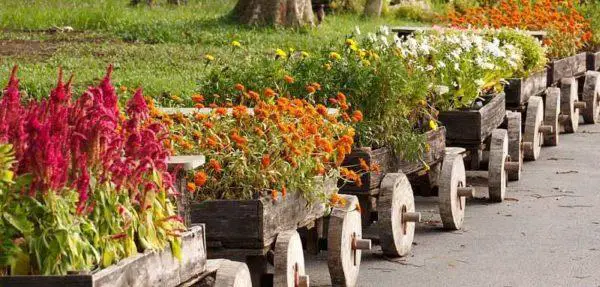
Crocuses
We are accustomed to the fact that crocuses are primrose flowers. But this flower also has autumn forms. And they are larger and no less decorative.
Helenium autumnal
Perennial plant that begins to bloom in mid-summer and pleases until frost. The height of the plant is from 50 cm to 150 cm. Plantings form large bushes. There can be up to 10 flowers on each stem. Flowers are red, yellow, orange in color. Large, up to 6 cm in diameter. Prefers sunny places, soils rich in humus. In gardens and in flowerbeds, the following species are found:
There are many more species. There are forms that bloom in the summer, they are, by the way, more. But there are not so many fall flowers. And the helenium should not be neglected.
Aster perennial Aster (september).
Despite the similar name, confuse with annual aster should not be confused. This is a completely different plant. There are compact border species, there are – medium and high-growing. Prefers well-lit areas, nutritious soils. Flowers are white, blue, red, blue, purple. The flowering period of fall species is September-October.
Low-growing varieties – alpine, shrubby – can be used as borders, planted in rockeries. High-growing planted in the background.

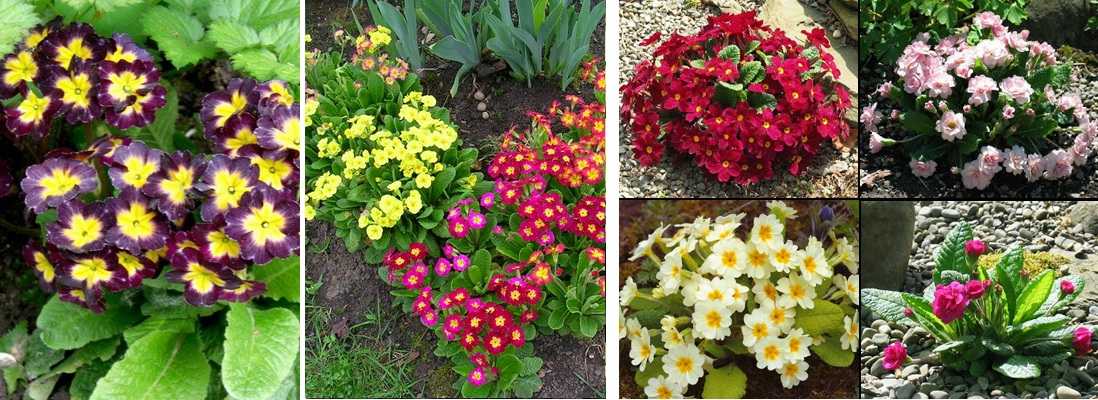
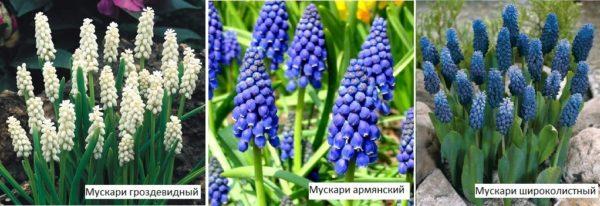

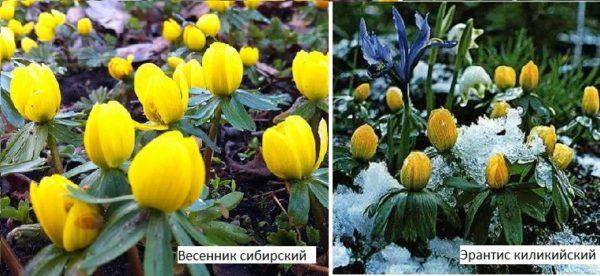
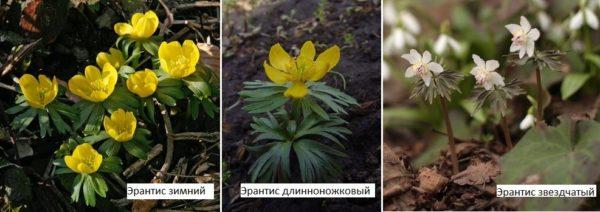



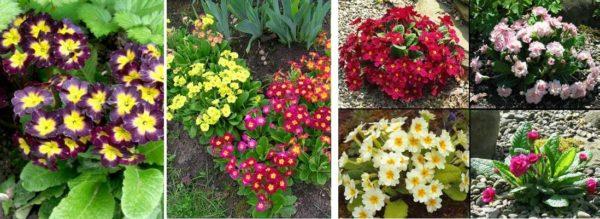



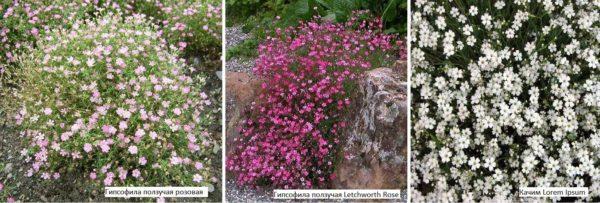
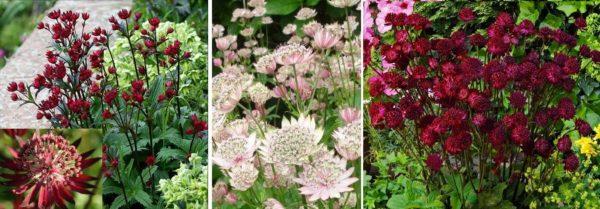

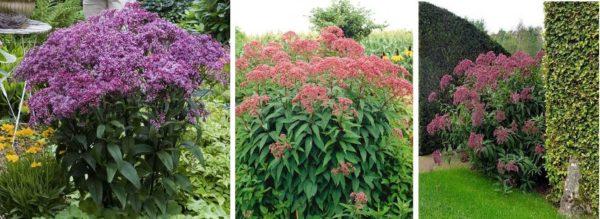

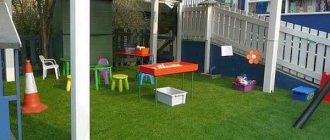

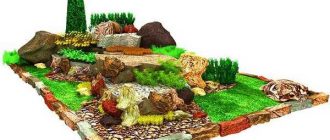
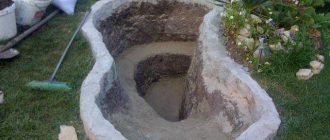


Hey, I’ve had great luck with daylilies and coneflowers at my cottage! They’re super easy to care for and come back every year. Plus, they attract pollinators, which is a bonus. Just make sure they get enough sunlight and water, and they’ll thrive!
I love planting perennials at my cottage! They come back year after year and save time. Last summer, I put in some lavender and black-eyed Susans. The bees loved them! Plus, they really brightened up the space. Can’t wait to add more this spring!